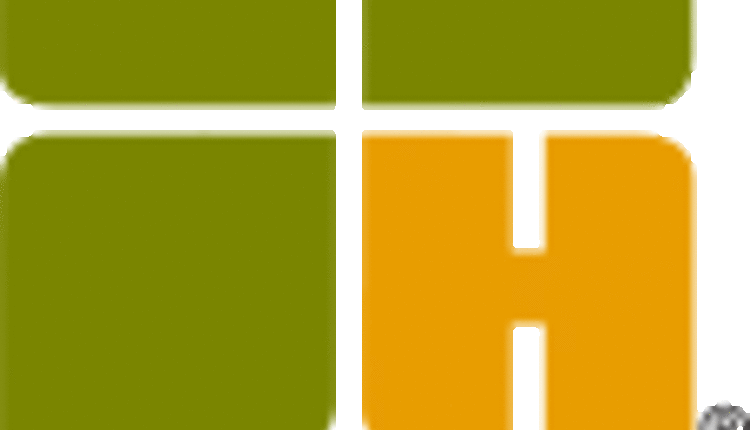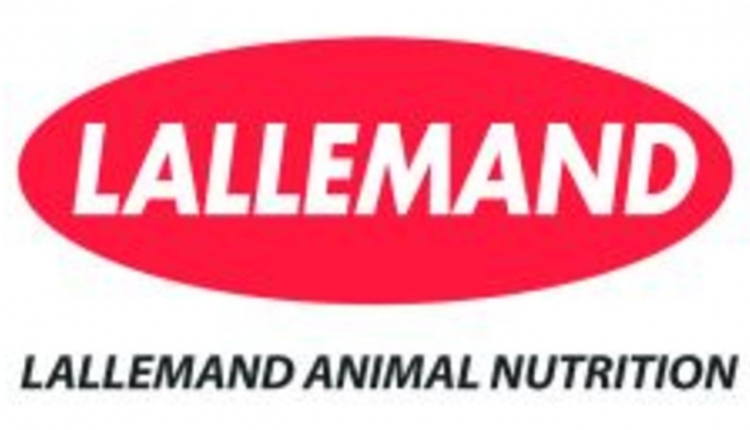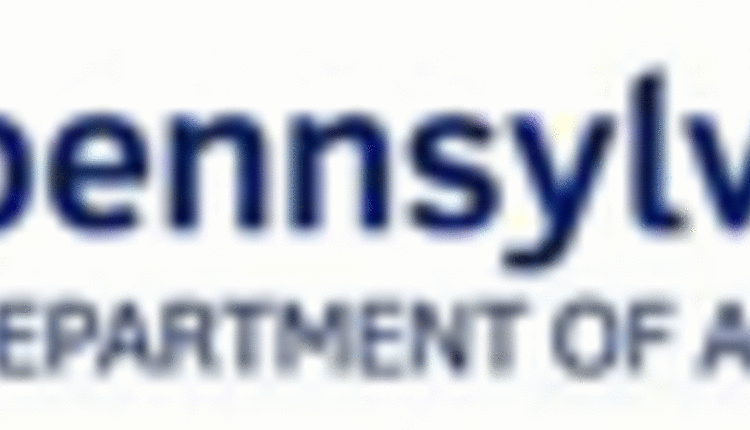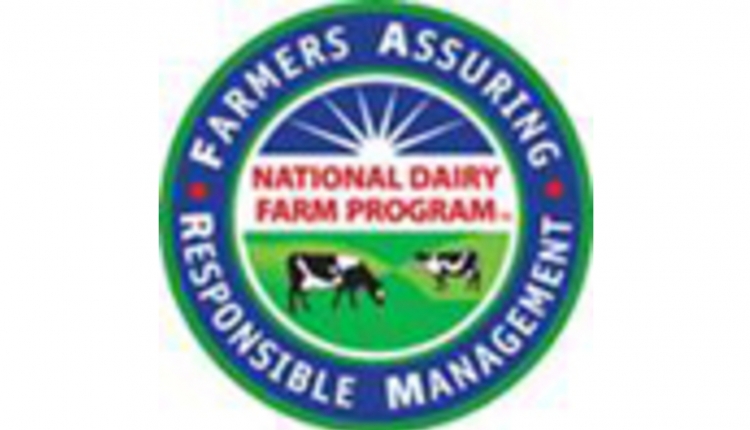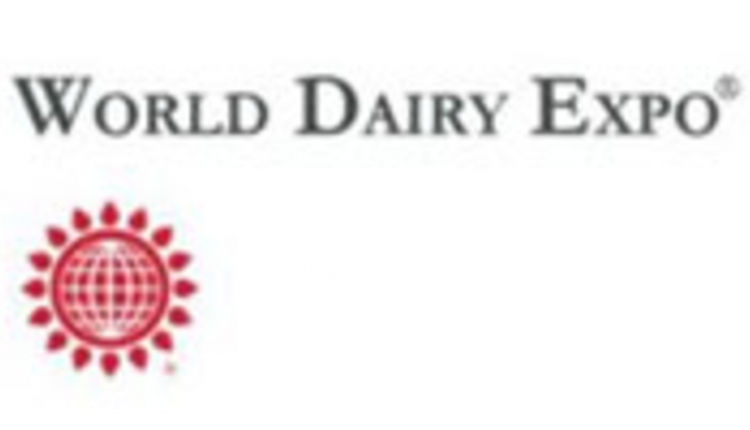Online collection provides a wealth of scientific knowledge regarding the practice of tail docking
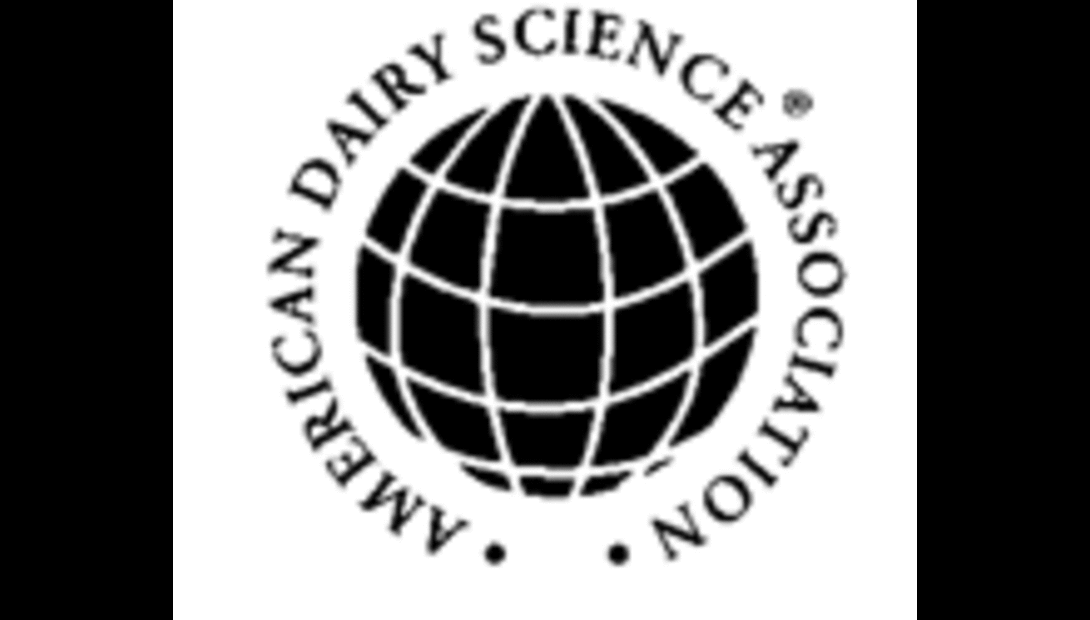 The recent announcement by the National Milk Producers Federation (NMPF) that, as of January 1, 2017, tail docking will not be permitted under the National Dairy FARM Program (Farmers Assuring Responsible Management) has ignited debate over the practice. Opinions in favor of or in opposition to the NMPF decision are varied. Groups such as the American Association of Bovine Practitioners opposed tail docking for nearly two decades and California banned the act in 2009; however, the practice continues to be used on some farms.
The recent announcement by the National Milk Producers Federation (NMPF) that, as of January 1, 2017, tail docking will not be permitted under the National Dairy FARM Program (Farmers Assuring Responsible Management) has ignited debate over the practice. Opinions in favor of or in opposition to the NMPF decision are varied. Groups such as the American Association of Bovine Practitioners opposed tail docking for nearly two decades and California banned the act in 2009; however, the practice continues to be used on some farms.As a service to all those who work with dairy cattle, the Journal of Dairy Science (JDS), the official journal of the American Dairy Science Association, has compiled a set of articles on the science of tail docking. The collection from JDS includes 10 articles published between 2000 and 2010. Topics addressed include pain, hygiene, and biological responses as they relate to tail docking. These articles are provided free of charge to assist those in the industry who wish to better inform their views on this topic.
"The practice of tail docking is being hotly debated in the dairy industry, in part because of new guidelines for milk producers. The Journal of Dairy Science is a leading source of scientific information on the health, behavior, and well-being of dairy cattle. To enable the dairy community to better understand the science addressing the practice of tail docking, we have assembled a collection of research articles on the subject and made these freely available to better inform discussion in the dairy community," Matt Lucy, editor-in-chief of JDS, said.
This special collection of JDS articles regarding tail docking will be hosted by Elsevier and is available online at http://www.journalofdairyscience.org/taildocking. Journal of Dairy Science is committed to publishing scientific research that helps inform industry and maintains special collections on topics that are of interest to the dairy community. For more information, please visit the journal website, http://www.journalofdairyscience.org/.
ABOUT JOURNAL OF DAIRY SCIENCE®
Journal of Dairy Science (JDS), official journal of the American Dairy Science Association, is co-published by Elsevier and FASS Inc. for the American Dairy Science Association. It is the leading general dairy research journal in the world. JDS readers represent education, industry, and government agencies in more than 70 countries with interests in biochemistry, breeding, economics, engineering, environment, food science, genetics, microbiology, nutrition, pathology, physiology, processing, public health, quality assurance, and sanitation. JDS has a 5-year Impact Factor of 3.071 according to the 2014 Journal Citation Reports®, published by Thomson Reuters. www.journalofdairyscience.org
ABOUT THE AMERICAN DAIRY SCIENCE ASSOCIATION (ADSA)
The American Dairy Science Association (ADSA) is an international organization of educators, scientists, and industry representatives who are committed to advancing the dairy industry and keenly aware of the vital role the dairy sciences play in fulfilling the economic, nutritive, and health requirements of the world's population. It provides leadership in scientific and technical support to sustain and grow the global dairy industry through generation, dissemination, and exchange of information and services. Together, ADSA members have discovered new methods and technologies that have revolutionized the dairy industry. www.adsa.org
ABOUT ELSEVIER
Elsevier (www.elsevier.com) is a world-leading provider of information solutions that enhance the performance of science, health, and technology professionals, empowering them to make better decisions, deliver better care, and sometimes make groundbreaking discoveries that advance the boundaries of knowledge and human progress. Elsevier provides web-based, digital solutions - among them ScienceDirect (www.sciencedirect.com), Scopus (www.scopus.com), Elsevier Research Intelligence (www.elsevier.com/research-intelligence), and ClinicalKey (www.clinicalkey.com) - and publishes over 2,500 journals, including The Lancet (www.thelancet.com) and Cell (www.cell.com), and more than 33,000 book titles, including a number of iconic reference works. Elsevier is part of RELX Group plc (www.relxgroup.com), a world-leading provider of information solutions for professional customers across industries. www.elsevier.com
3.8.2016
